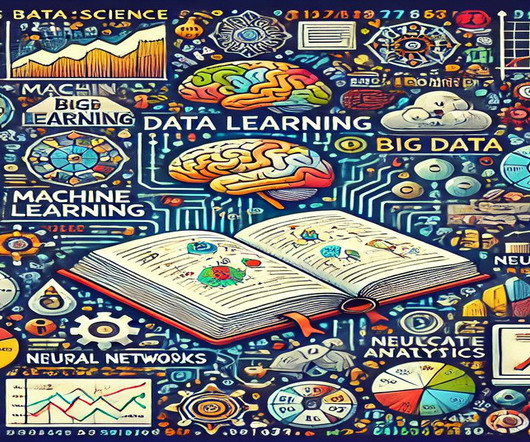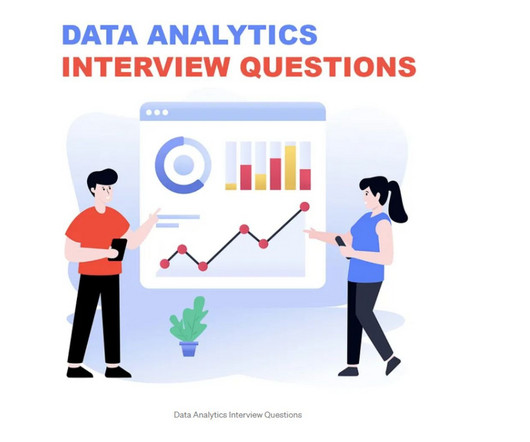Supervised vs Unsupervised Learning: Key Differences
How to Learn Machine Learning
MARCH 25, 2025
At the core of machine learning, two primary learning techniques drive these innovations. These are known as supervised learning and unsupervised learning. Supervised learning and unsupervised learning differ in how they process data and extract insights.














Let's personalize your content